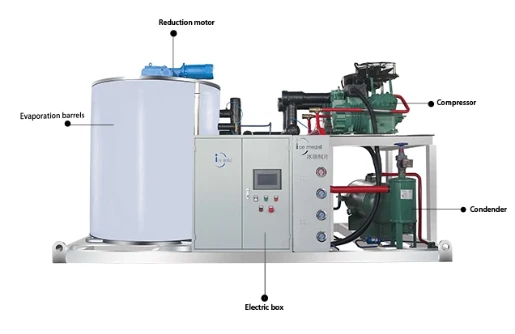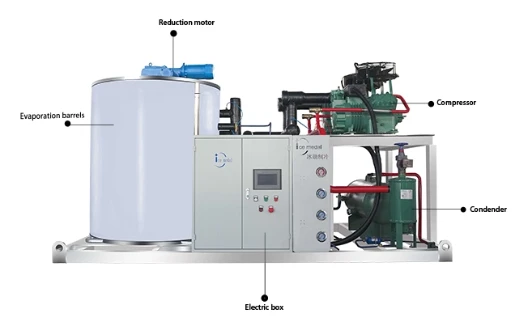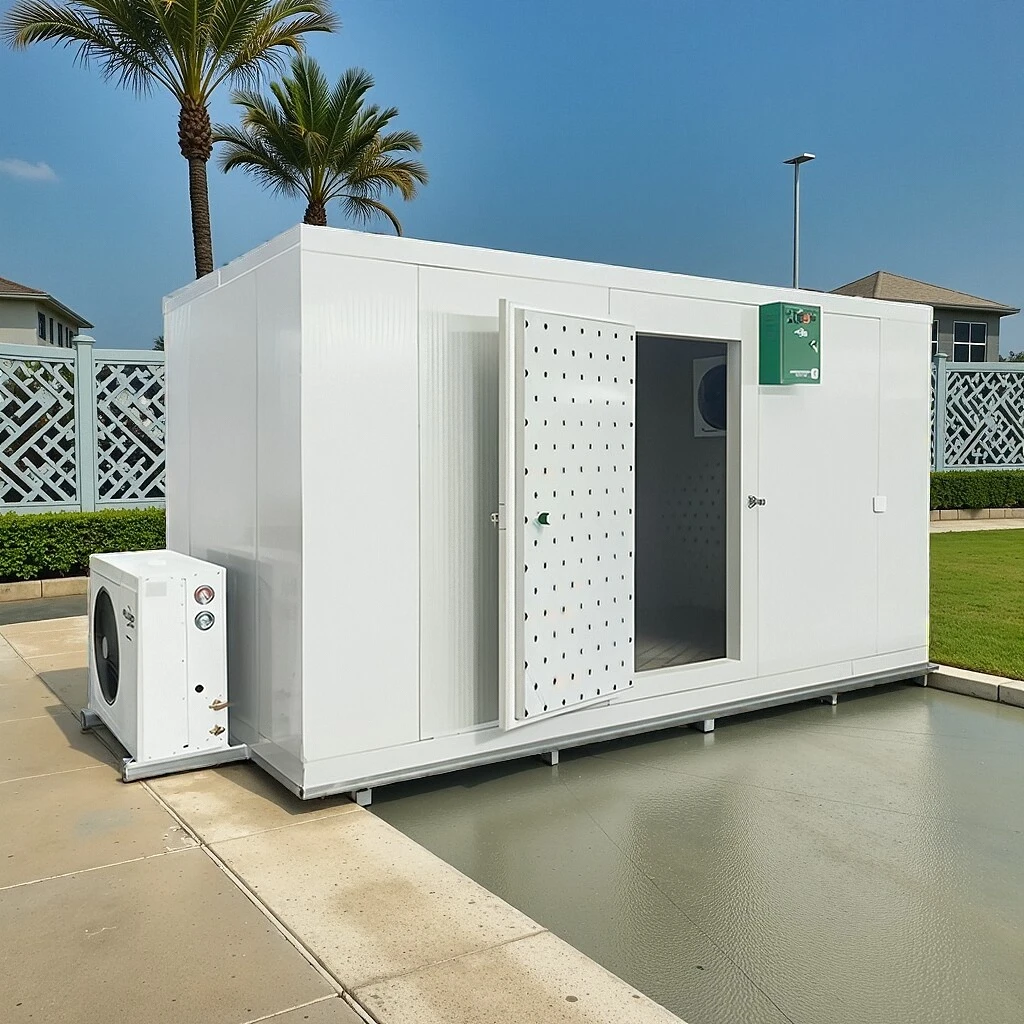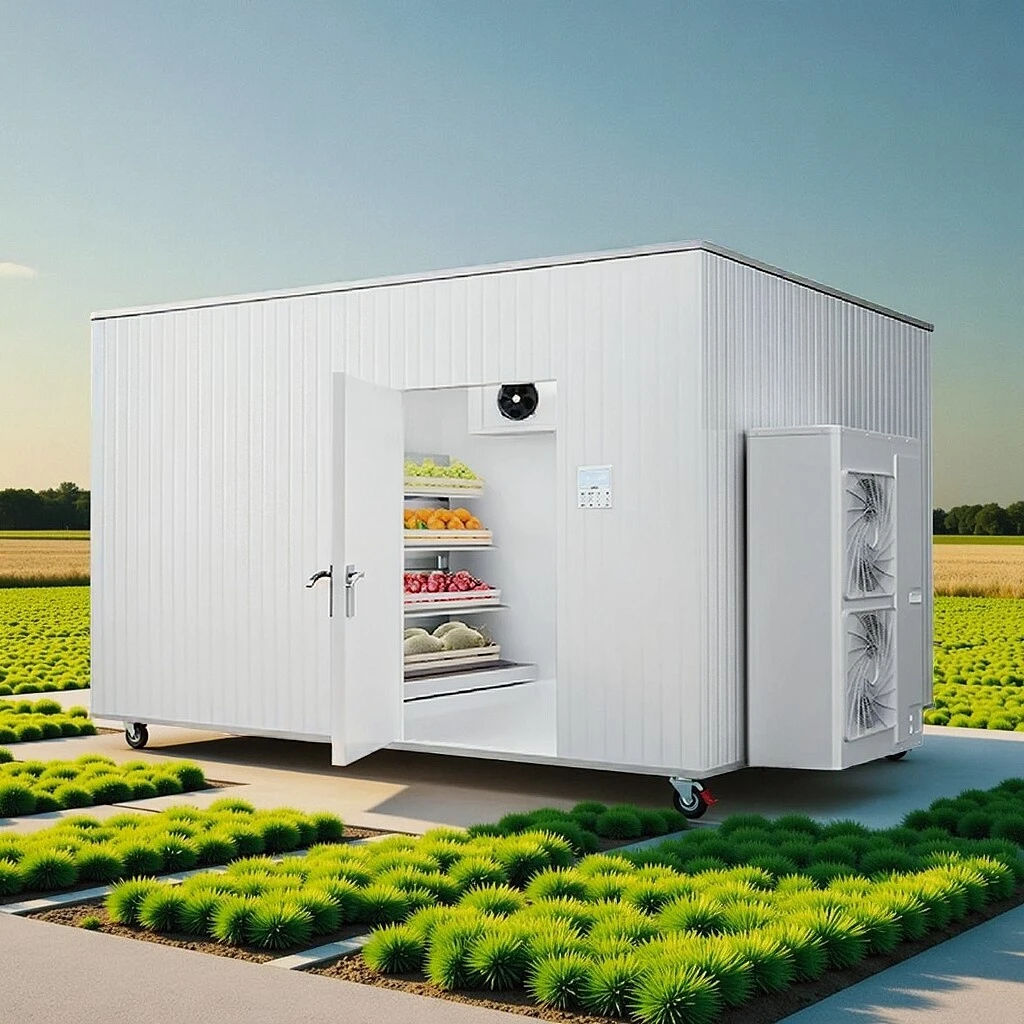Advanced Insulated Sandwich Panels for Optimal Cold Room Solutions in China Market
The Significance of China Sandwich Panel Cold Rooms in Modern Refrigeration
In recent years, the demand for efficient and reliable refrigeration solutions has surged globally, driven by the growing need for food preservation, pharmaceutical storage, and other temperature-sensitive applications. One of the most prominent solutions emerging from this trend is the use of sandwich panels in the construction of cold rooms. In this context, China sandwich panel cold rooms have gained recognition for their innovative design, thermal efficiency, and cost-effectiveness.
Understanding Sandwich Panels
Sandwich panels are composite materials that consist of two outer layers and an inner core. The outer layers are typically made from metal, such as galvanized steel or aluminum, while the core is often composed of insulating materials like polyurethane or polystyrene. This unique construction allows sandwich panels to provide superior insulation properties, making them ideal for cold storage applications. The term sandwich reflects the layered structure of these panels, which work together to minimize heat transfer between the interior of the cold room and the external environment.
Advantages of Cold Rooms Utilizing Sandwich Panels
1. Thermal Efficiency The primary advantage of using sandwich panels in cold rooms is their exceptional thermal insulation. By significantly reducing heat exchange, these panels help maintain a consistent internal temperature, which is crucial for preserving perishable goods. This efficiency results in lower energy consumption and reduced operational costs over time.
2. Quick Installation Sandwich panels are pre-fabricated and can be easily assembled on-site, dramatically reducing construction time. This quick installation is particularly beneficial for businesses that need to set up refrigerated storage facilities rapidly.
china sandwich panel cold room

3. Customization Manufacturers in China offer a wide range of customization options for sandwich panels, allowing clients to choose specific dimensions, insulation thickness, and finishes to suit their unique requirements. This flexibility makes it possible to design cold rooms tailored to the specific needs of various industries.
4. Durability and Longevity The materials used in sandwich panels are designed to withstand harsh environmental conditions, making them suitable for various applications. Their resistance to corrosion, humidity, and temperature fluctuations ensures a long lifespan, offering great value for investment.
5. Cost-Effectiveness The initial investment in sandwich panel cold rooms is often offset by the long-term savings in energy costs and maintenance. The energy-efficient designs contribute to lower operational costs, making them a sensible option for businesses focused on sustainability and cost management.
Applications in Different Industries
China sandwich panel cold rooms are versatile and find applications in numerous sectors. The food and beverage industry utilizes these cold rooms for storing fresh produce, dairy products, and frozen goods safely. In the pharmaceutical sector, they are crucial for the storage of vaccines and other temperature-sensitive medications. Additionally, industries such as logistics, agriculture, and hospitality are increasingly adopting cold rooms built from sandwich panels to enhance their operations.
Conclusion
As the demand for efficient refrigeration solutions continues to rise, China sandwich panel cold rooms stand out as a viable choice for businesses looking to optimize their cold storage needs. With their thermal efficiency, ease of installation, and long-lasting durability, these structures not only meet the rigorous standards of modern refrigeration but also align with the goals of cost reduction and sustainability. As industries evolve, the role of sandwich panel cold rooms will undoubtedly become more prominent, driving innovation and efficiency in storage solutions.






